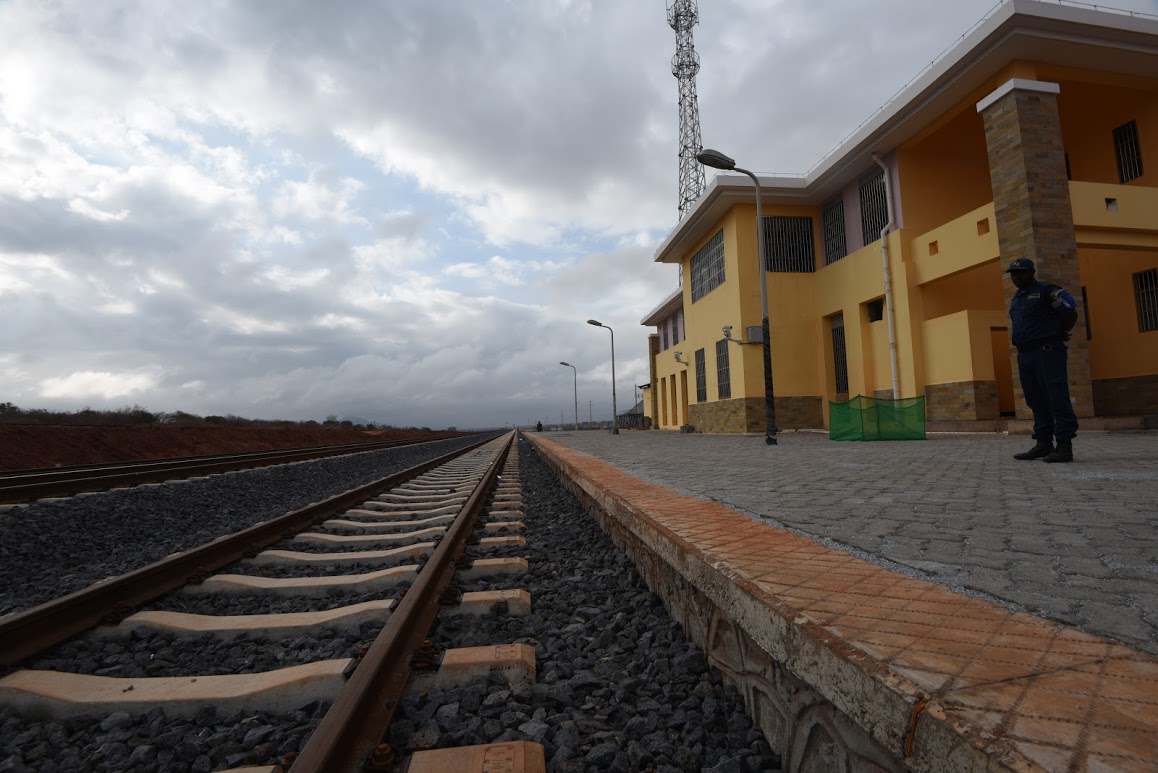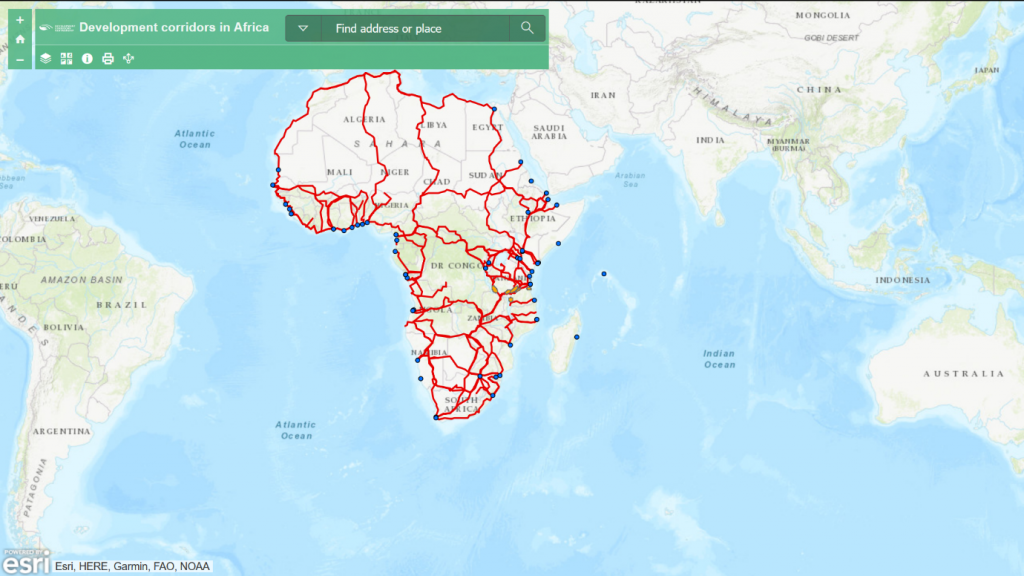
Do development corridors contribute to carbon emissions?
By Elena Castellano, London School of Economics (LSE), UK
Setting the scene
In the context of global climate change efforts, countries in Sub-Saharan Africa focus more on climate change adaptation, rather than on mitigating climate change. From a global perspective, this is only fair; Africa’s historical contribution to global emissions is significantly smaller than all other continents, and seven out of the ten countries worldwide that are most at risk due to climate change are African[1]. Nevertheless, investing in sustainable development is still a priority, and forty-four Sub-Saharan countries have committed to mitigation efforts within the Paris Agreement.
I reflected upon this while reading about ‘development corridors’ (see, for example, Laurence et al, 2015, or this video by the Development Corridors Partnership). I realised that there is a lot of uncertainty around how the planning of such important infrastructure projects fits within countries’ mitigation targets. How much does infrastructure contribute to global emissions? Are existing corridors a high source of emissions? Is it possible to plan and build sustainable corridors?
I realised how little was known regarding all these questions, and started my quest for determining the relationship between development corridors and CO2 emissions, as a part of my thesis project for the Masters in Environmental Economics and Climate Change at LSE.
Why should we care about the carbon impacts of corridors?
There are three main reasons as to why this question is relevant. Firstly, the infrastructure sector is a significant contributor to global emissions. According to the World Bank, approximately 70% of global greenhouse gas emissions (GHGs) come from the construction and operation of infrastructure such as power plants, buildings and transportation networks. Secondly, infrastructure initiatives are long-term projects, and they risk locking countries into high emission pathways. Thirdly, many corridors in Sub-Saharan Africa (SSA) are in their planning stage. It is therefore an opportune moment to consider their contribution to future emissions and their sustainability.
How to analyse the carbon impacts of development corridors?
I worked with an evolving dataset from the Development Corridors Partnership (DCP). This dataset was organised at the project level, with each line describing a project that was part of a development corridor. Projects could be roads, ports, railways and other infrastructure projects, and one or more projects make up a development corridor. I transformed this project-level dataset into a country-level dataset, where I included 35 SSA countries over a period of 44 years (1970-2014)[2].

Figure 1- A screenshot of the African Corridors Database, which is being created by the Development Corridors Partnership. The database will be launched later in 2021.
I then constructed four different variables to describe the presence of corridors in a country:
- The count of corridors in each country
- The count of projects in each country
- The amount of US dollars invested in development corridors (expressed in thousands of current US dollars)
- The amount of US dollars invested in development corridors (expressed in thousands of real US dollars, meaning adjusting for inflation)
None of these variables perfectly describe corridors, but looking at two physical variables and two monetary variables allows for different granularity and perhaps gives a more complete picture of the presence of corridors. For example, two small projects could be worth less than one big project in terms of physical presence or environmental impact, so that measuring the presence of corridors in terms of investment would be more accurate.
Results of the study:
Running the regressions with an econometric model[3], I looked at the relationship between the presence of corridors and yearly CO2 emissions per capita at the country level. The results show a positive relationship between the presence of corridors and CO2 emissions. Adding control variables such as population density and trade openness does not significantly vary the results or the significance of emissions and presence of corridors.
Unfortunately, the dataset is not accurate enough to yield statistically significant results[4]. There are different data issues that should be investigated in order to make the analysis more reliable.
- Although I used the best available dataset on SSA corridors, this comprised just over 30 corridors, which is arguably a small number for such a macro analysis.
- Data regarding emissions is limited. Ideally one would like to calculate emissions as the exact emissions that a road, city or at least region produces. However, data regarding CO2 emissions only exists at the country level, something which of course decreases the precision of results.
- Corridors don’t just appear from one year to the next, so it is difficult to determine the point in time when they start contributing to CO2 emissions. Records on completion dates of specific projects are not that precise and there is no commonly agreed framework for defining the completion of a project or a corridor. This raises questions that are difficult to answer. For example: What if a corridor is 50% complete, does it still count as a corridor? What if an extension to a road is constructed years later?
Lessons learned and directions for further research:
At the cost of being repetitive, this point has to be highlighted once again: more and better data is needed. This speaks to researchers, the public sector and private actors. It is not that common to have transparent analysis regarding the environmental impact of corridors, especially about corridors that have existed for years. More resources could be invested into the creation and continuous update of datasets like the one I used, which is really one of its kind.
This analysis also shed some light on the complexity of the relationship between corridors and CO2 emissions. It is not straight forward to generalise how more corridors automatically imply more emissions. That is because corridors are very heterogeneous in a number of variables (varying from pipelines to railways to agricultural corridors).
The main good news of this study is that it can work. Although not widespread (yet!), empirical analyses of corridors and environmental variables such as CO2 emissions is possible. This is exciting news: things that were only approached in terms of case-studies can also be analysed at a macro level, and by improving the datasets that feed into these types of analyses, we can ensure well-informed decision-making for sustainable development corridors.

[2] Project completion dates were found by examining individual project reports, local newspaper articles reporting inaugurations, and other grey literature, in order to estimate the duration of each project
[3] State-fixed effects and time-fixed effects
[4] This type of panel dataset requires the use of robust standard errors, which only yield significant coefficients when the precision of the dataset reaches relatively high levels. Though being a very common limitation of this type of research, it means that no absolute conclusions can be made regarding the relationship between corridors and CO2 emissions.
